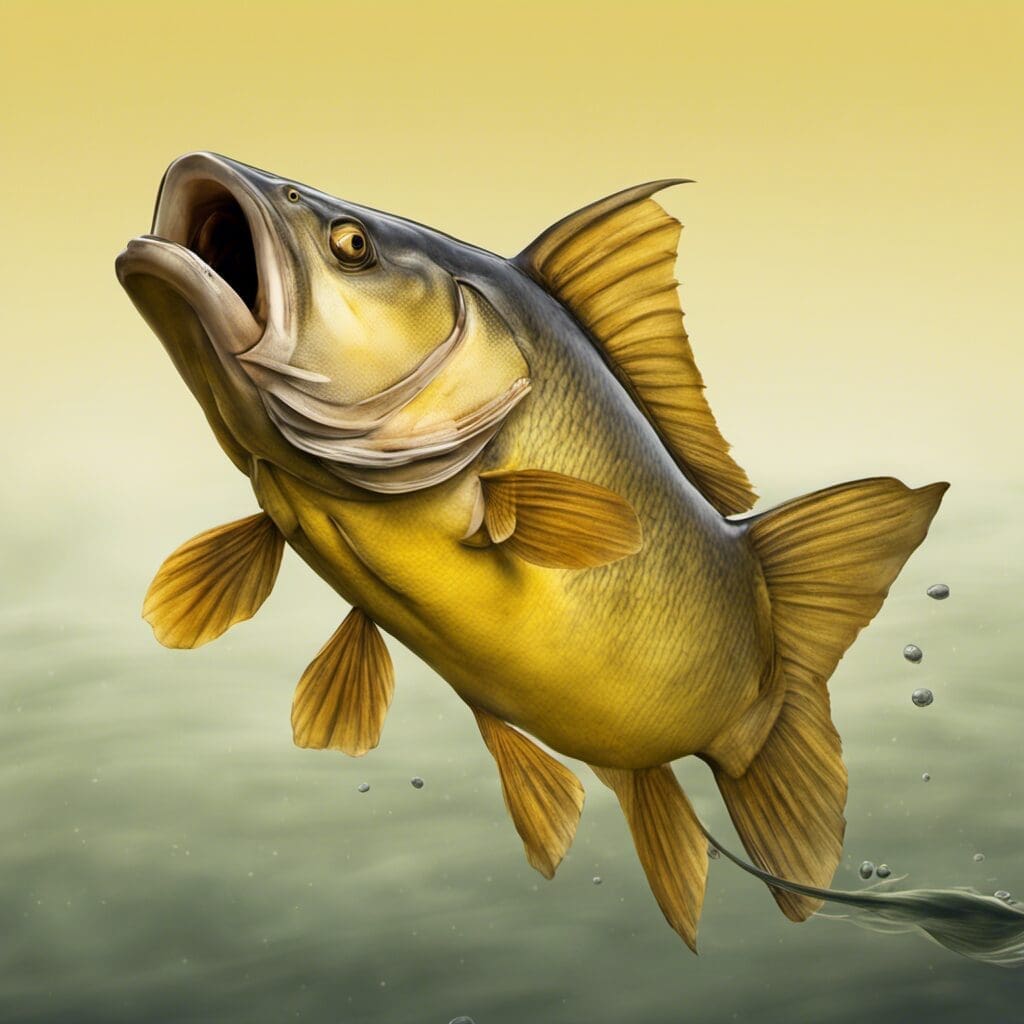Introduction
The Yellow Bullhead, scientifically known as Ameiurus natalis, is a species of bullhead catfish that belongs to the family Ictaluridae. These catfish are primarily known for their distinctive yellowish color and stout body.
Conservation Status
The Yellow Bullhead is currently recognized as a species of ”Least Concern” according to the International Union for the Conservation of Nature (IUCN). There are no specific conservation efforts targeted towards the Yellow Bullhead as their population remains fairly stable.
Statistics
| Length (Average) | Length (Range) | Weight (Average) | Weight (Range) | Average Lifespan |
|---|---|---|---|---|
| 6-10 inches | 2-14 inches | 0.5-2 lbs | Not Available | 5-7 years |
Distribution
The Yellow Bullhead is largely distributed across North America, particularly in the United States and Canada. They are commonly found in lakes, ponds, and slow-moving streams. There’s no specific migration pattern for this species as they’re considered sedentary.
Habitats
- Water Type: Freshwater
- Depth Range: Shallow waters
- Temperature Range: 4-30° C (39-86° F)
When and Where to See
Yellow Bullhead can be spotted year-round, but they are especially active during the spawn season (spring to early summer). They are typically nocturnal, feeding and staying active mostly during the night.
Best Fishing Locations
Top fishing locations for Yellow Bullhead include:
- Lake Champlain, USA
- Lake Erie, USA/Canada
- Finger Lakes, USA
- Lake Okeechobee, USA
- Ohio River, USA
- Chesapeake Bay, USA
- Mississippi River, USA
- Great Slave Lake, Canada
- Mackenzie River, Canada
- Arkansas river, USA
A general tip for finding Yellow Bullhead is to look for them in areas with a soft, muddy bottom, both in clear and turbid water.
How to Catch
Favored baits include chicken liver, night crawlers, clams, and dough baits. Bottom fishing is effective as Yellow Bullheads prefer to dwell near or on the bottom of bodies of water. The best time to fish them is at night, especially during their spawning season.
Identification Guide
The Yellow Bullhead is characterized by its yellow to olive-green body color, with a whitish-yellow underside. It has a flat head, rounded tail, and long whisker-like barbels around the mouth. It can be distinguished from other bullhead species by looking for its longer anal fin base and absence of a saw-toothed spine on the paired pectoral fin.
Culinary
Yellow Bullhead, like other catfish species, is considered a delicious choice of fish for many. It has a mild, sweet flavor, a low-fat content and a firm, flaky texture. Frying is the most common preparation method. It’s ideal for dishes like Southern-style catfish, catfish nuggets, or catfish tacos.
Additional Information
Yellow Bullhead primarily feeds on insects, aquatic invertebrates, and plant material. They are nocturnal feeders, typically feeding off the bottom. Their primary predators include larger fish species and birds such as herons and eagles. They play a significant role in many Native American cultures, where they are revered for their strength and resilience.
References and Further Reading
- FishBase – Yellow Bullhead
- Texas Parks and Wildlife - Yellow Bullhead
- Minnesota Department of Natural Resources – Yellow Bullhead
This article is an excellent start to learn about Yellow Bullhead but it’s always a good idea to consult local fishing reports or enthusiasts for more specific information on the fishing conditions or habits.

